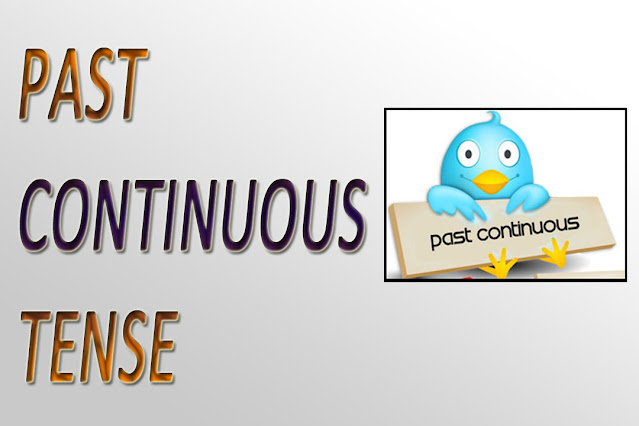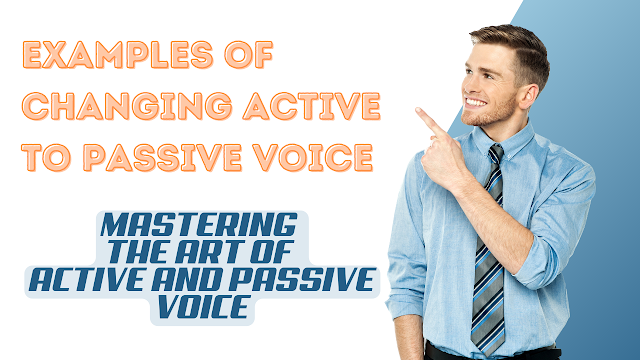Mastering the Past Continuous Tense: A Comprehensive Guide
 |
| Diving into the Past: Exploring 'The Past Continuous Tense' ⏳📚 |
Introduction
Verb tenses let us convey when and how events take place by weaving the threads of time and action into the complex fabric of English grammar..
Among these, the past continuous tense stands as a sentinel, guarding the past with its nuanced structure and usage.
In this comprehensive guide, we will embark on a journey through the past continuous tense, exploring its rules, deciphering its examples, and uncovering the art of storytelling through this grammatical gem.
Table of Contents
The Past Continuous Tense: A Window to the Past
- Understanding Verb Tenses
- The Essence of Continuous Action
Past Continuous Tense: Structure and Formation
- Building the Foundation
- Verbs and Their -ing Forms
Rules and Usage of Past Continuous Tense
- Actions in Progress
- Simultaneous Past Events
- Politeness and Interruptions
Past Continuous Tense Examples: Illuminating the Past
- Narrative Past
- Describing Scenes
- Expressing Regret
Storytelling with Past Continuous Tense
- Crafting Vivid Narratives
- Conveying Emotion and Atmosphere
- Adding Depth to Characters
FAQs: Navigating the Nuances of Past Continuous Tense
Conclusion: A Journey Through Time in Continuous Motion
The Past Continuous Tense: A Window to the Past
Understanding Verb Tenses
Verb tenses enable us to communicate the timing and duration of actions. The past continuous tense, also known as the past progressive tense, helps us delve into actions that were ongoing at a specific moment in the past.
The Essence of Continuous Action
Unlike simple past tense, which conveys completed actions, the past continuous tense invites us into the midst of an action. It paints a picture of events that were unfolding, allowing for a more vivid and dynamic narrative.
Past Continuous Tense: Structure and Formation
Building the Foundation
To construct the past continuous tense, one needs two elements: the past tense of the verb "to be" (was/were) and the present participle (verb + -ing).
Verbs and Their -ing Forms
Understanding which verbs can take the -ing form is crucial. Regular verbs often follow a simple pattern, while irregular verbs have unique -ing forms that must be memorized.
Rules and Usage of Past Continuous Tense
Actions in Progress
The past continuous tense is employed to describe actions that were ongoing at a specific point in the past. It answers questions like "What were you doing at that time?"
Simultaneous Past Events
It is used to describe two actions that were happening simultaneously in the past, providing a clear sense of context and timing.
Politeness and Interruptions
In certain situations, the past continuous tense can be used to soften a statement or describe actions that were interrupted by another event.
Past Continuous Tense Examples: Illuminating the Past
| Usage | Description |
|---|---|
| Narrative Past | Using the past continuous tense in storytelling adds depth and vividness to narratives. For instance, "She was reading a book when the phone rang." |
| Describing Scenes | This tense is invaluable for painting word pictures of scenes or settings in the past, such as "The sun was setting, casting a warm glow over the city." |
| Expressing Regret | It can convey a sense of missed opportunities or unfulfilled actions in the past. "I was planning to visit, but circumstances changed." |
Storytelling with Past Continuous Tense
Crafting Vivid Narratives
Past continuous tense injects life into stories, making readers feel as though they are right there, witnessing the events as they unfold.
Conveying Emotion and Atmosphere
By describing ongoing actions, this tense allows writers to create emotional resonance and atmosphere in their narratives.
Adding Depth to Characters
Characters' actions and emotions can be portrayed more vividly, offering readers a deeper understanding of their experiences.
FAQs: Navigating the Nuances of Past Continuous Tense
1. Can the past continuous tense be used for actions that were happening at the same time in the past?
- Yes, the past continuous tense is ideal for describing simultaneous actions in the past, providing clarity about the timing of events.
2. How do I know when to use "was" or "were" with the past continuous tense?
- "Was" is used with singular subjects (I, he, she, it), while "were" is used with plural subjects (we, you, they).
3. Is it correct to say, "I was being tired yesterday"?
- No, the past continuous tense is not typically used with stative verbs like "be." It's more appropriate to say, "I was feeling tired yesterday."
4. Can the past continuous tense be used for future actions?
- No, the past continuous tense specifically describes actions in the past. For future actions, use future tenses.
5. Are there exceptions to the -ing form of verbs in the past continuous tense?
- While most verbs follow the pattern of adding -ing, some irregular verbs have unique -ing forms that must be memorized.
Conclusion: A Journey Through Time in Continuous Motion
- The past continuous tense, with its ability to transport us into ongoing actions of the past, is a treasure trove for storytellers and communicators.
- By mastering its rules, embracing its examples, and using it to craft narratives, we embark on a journey through time, where the past comes alive with vivid detail and dynamic action.
- Whether you're a writer seeking to add depth to your stories or a language learner honing your grammar skills, the past continuous tense is a valuable companion on your journey through the intricate landscape of English grammar.
KEY POINTS TO REMEMBER IN PAST CONTINUOUS TENSE
PAST CONTINUOUS TENSE:-
DEFINITION: THIS TENSE DESCRIBES THE ACTIONS OR ACTIVITIES THAT WERE BEING DONE EARLIER " OR " IT SHOWS THE ACTIONS THAT WERE GOING IN THE PAST.
STRUCTURE: S + H.V. + 4th F. V. + O (H.V. = WAS/WERE)
EXAMPLES:-
- I was writing a letter.
- I was not writing a letter.
- Was I writing a letter?
- You were learning a lesson.
- You were not learning a lesson.
- Were you learning a lesson?
- She was cooking food.
- She was not cooking food.
- Was she cooking food?
Thanks for watching!






No comments:
Post a Comment